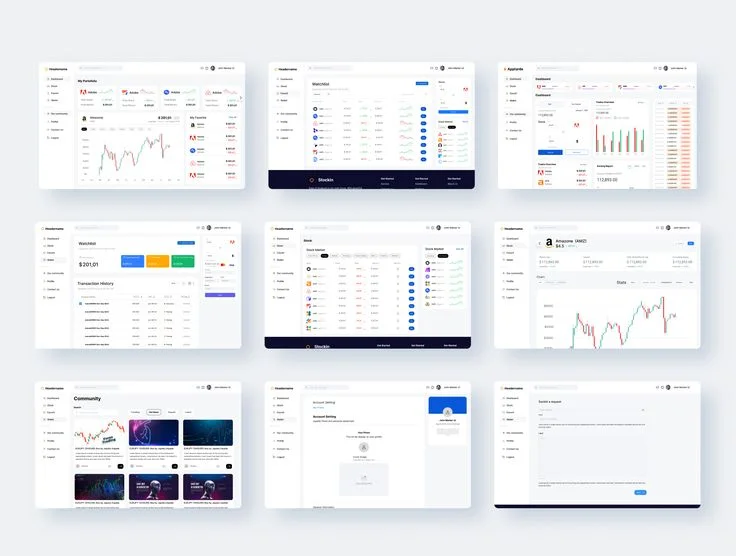BNB Signals | Binance Coin Trading Alerts & Insights
BNB Signals | Binance Coin Trading Alerts & Insights
Okay, folks, buckle up, because I've just seen something that's genuinely shifted my perspective on the future of… well, everything. Figma, the design platform, just dropped their Q3 2025 financial results, and the numbers aren't just good—they're screaming a revolution. $1 billion in annual revenue run rate? Thirty-eight percent year-over-year growth? But honestly, the raw cash is only part of the story. The real story is what's driving it: AI. Figma Announces Third Quarter 2025 Financial Results
Figma's CEO, Dylan Field, nailed it when he said AI is redefining how software gets built. We're talking about a paradigm shift, folks. The old linear process—idea, design, then development—is being tossed out the window. Now, anyone can go from idea to product, and Figma is building the platform to make it happen.
What this means for us, the everyday creators, is insane creative power. Imagine, just imagine, being able to turn a simple text prompt into a workable prototype, a full-blown web app, all within minutes. That's the promise of Figma Make, and it's not just hype. Thirty percent of paid customers spending over $100,000 already using Make weekly? That's not a beta test; that's a tidal wave of adoption.
This isn't just about making things faster; it's about democratizing design. Figma's research shows that over half of non-designers are now engaged in design-centric tasks. Think about that. The tools are getting so intuitive, so powerful, that the lines between designer and user are blurring. We're all becoming creators.
And it’s not just about the quantity of features, but the quality of integration. The company launched over 50 new features this quarter, including AI tools like Copy Design, remote Figma MCP Server, and Make Kits to support AI-native design and product development workflows. This is about making the entire design and product development process collaborative, efficient, and—dare I say it—fun!
I'm particularly excited about the Figma App for ChatGPT. You can now use conversations with ChatGPT to generate a diagram, a flowchart, or Gantt chart in FigJam, and then share, save, or continue to edit within Figma. It’s like having an AI brainstorming partner that can instantly visualize your ideas.
Think about the implications for education. For small businesses. For anyone with a vision but without the traditional design skills. The barriers to entry are collapsing.

And then there's the acquisition of Weavy, now Figma Weave. This is HUGE. We're talking about bringing generative AI and professional editing tools into the open canvas. Image, video, animation, motion design, VFX media generation—all on the Figma platform. This isn't just about designing interfaces; it's about creating entire experiences.
When I first saw the demo of Weavee, I honestly just felt this surge of excitement. It's like seeing the future of creativity unfold in real-time.
It's important to pause here for a moment. With this kind of power comes responsibility. We need to be mindful of the ethical implications of AI-generated content, of ensuring that these tools are used to empower, not to deceive. But I truly believe that the potential for good far outweighs the risks.
And remember that this isn't happening in a vacuum. Figma is partnering with OpenAI, Gemini, GitHub, Notion, Linear, Subbase, and more. They're building an open ecosystem where ideas can flow freely, where creativity can flourish.
The numbers don’t lie: international revenue grew 42%, outpacing domestic growth. They're opening an India hub. This isn't just a US phenomenon; it's a global movement. Figma delivers strong forecast as AI draws in more customers
Figma isn't just a design tool anymore; it's a connected, AI-powered platform that’s helping teams go from idea to shipped product. The company is building and shipping new features at an extremely fast pace. In Q3 alone, they launched more than 50 new features across every product on their platform. These launches are quickly giving customers new capabilities and making new workflows possible, helping to spread Figma to new teams within the organization, like brand design and marketing.
It reminds me of the invention of the printing press. Before Gutenberg, knowledge was hoarded by a select few. The printing press democratized information, sparking the Renaissance and transforming society. AI-powered design tools have that potential to do the same for creativity.